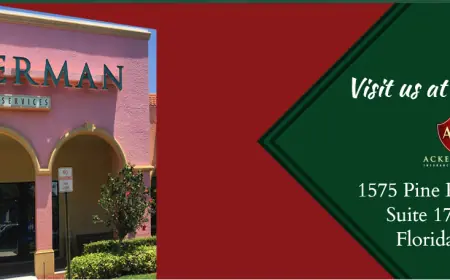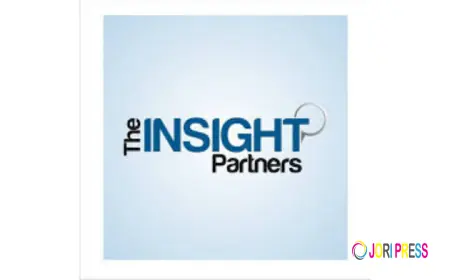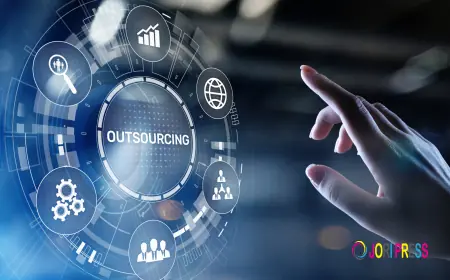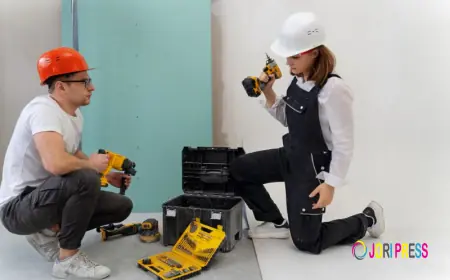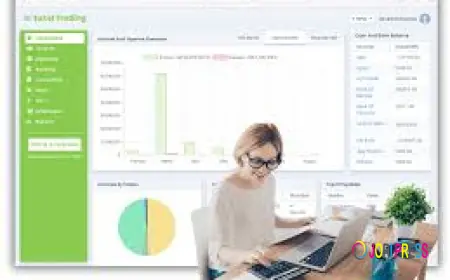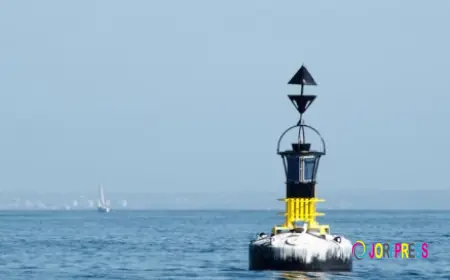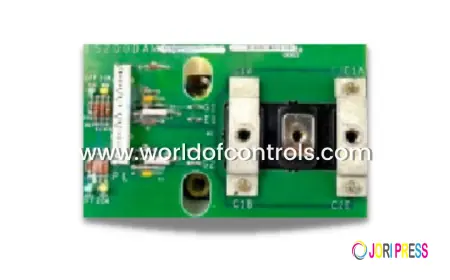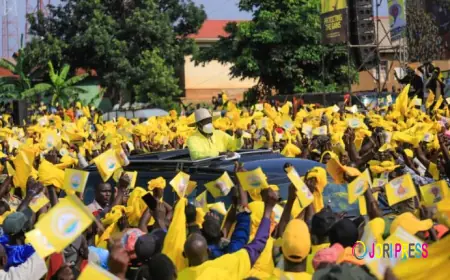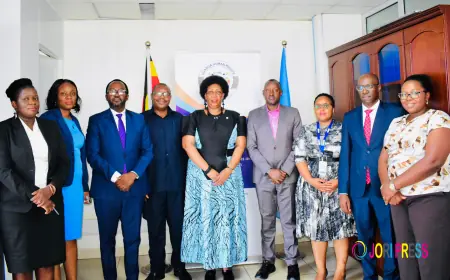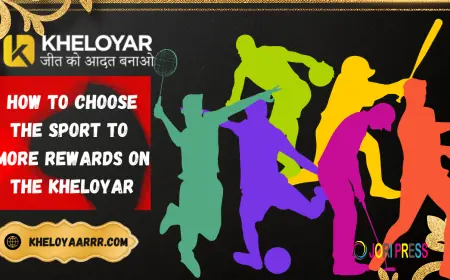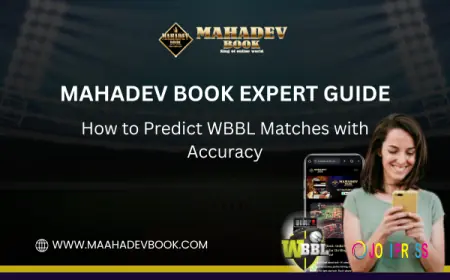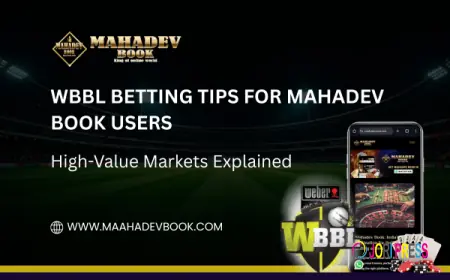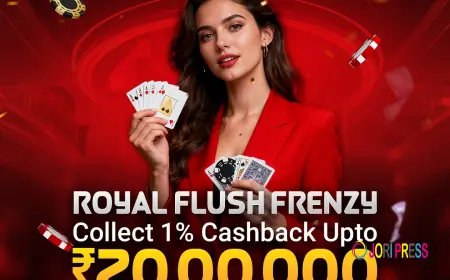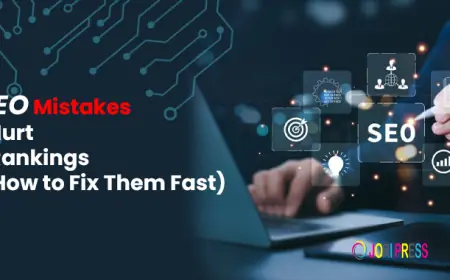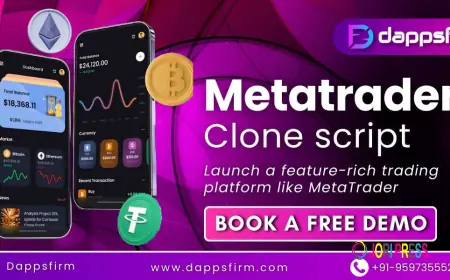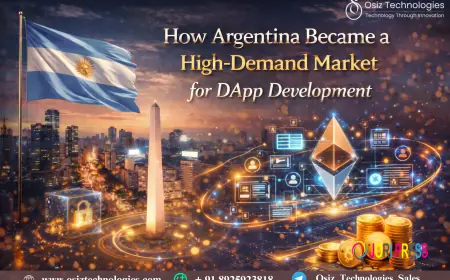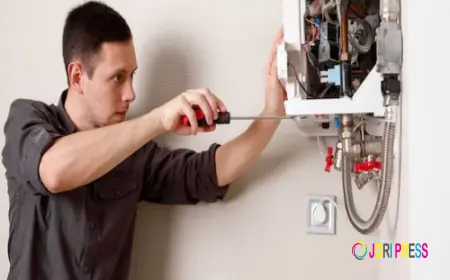A Beginner’s Guide to Understanding Real World Asset Tokenization Platforms
But what exactly does it mean to “tokenize” real-world assets? And why are businesses and investors paying so much attention to tokenization platforms? Let’s break it down step-by-step in this beginner-friendly guide.
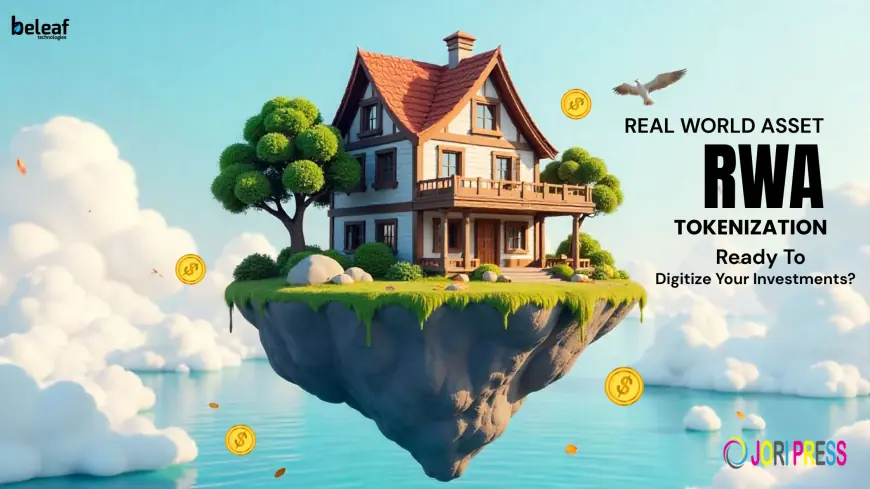
In the fast-evolving digital economy, Real World Asset Tokenization (RWA tokenization) has emerged as one of the most transformative ideas in finance. It bridges the gap between tangible, traditional assets and blockchain-powered ecosystems allowing investors to own, trade, and transfer assets with unprecedented efficiency.
But what exactly does it mean to “tokenize” real-world assets? And why are businesses and investors paying so much attention to tokenization platforms? Let’s break it down step-by-step in this beginner-friendly guide.
What Is Real World Asset Tokenization?
At its core, Real World Asset Tokenization is the process of converting ownership rights of physical or financial assets like real estate, gold, bonds, artwork, or company shares into digital tokens on a blockchain. Each token represents a fraction of that asset, making it easy to trade, split, or transfer ownership without dealing with the complications of traditional systems.
For example:
-
A luxury villa worth $1 million can be divided into 1,000 tokens.
-
Each token represents 0.1% ownership of the property.
-
Investors can now buy, sell, or trade those tokens instantly, just like stocks.
This idea democratizes investing, opening access to high-value assets for anyone, anywhere.
How Real World Asset Tokenization Platforms Work
Behind every successful RWA project lies a powerful tokenization platform.
These platforms combine blockchain, smart contracts, and compliance systems to tokenize assets and manage them transparently.
Here’s how it typically works:
-
Asset Identification
-
Choose an asset that has real value real estate, art, commodities, or intellectual property.
-
Legal Validation
-
The ownership and rights of the asset are legally verified before tokenization begins.
-
Token Creation
-
The platform issues digital tokens on a blockchain, representing the asset’s value.
-
Smart Contract Integration
-
Smart contracts automate processes like dividend distribution, ownership transfers, or compliance checks.
-
Marketplace Listing
-
Tokens are listed on a compliant marketplace for trading, investment, or secondary sales.
-
Ongoing Management
-
The platform continuously manages compliance, audits, and updates related to the underlying asset.
In short, the platform acts as the backbone ensuring that the digital version of the asset is legally sound, secure, and easy to trade.
Why Real World Asset Tokenization Matters
Traditional assets often come with barriers: high entry costs, paperwork, and limited liquidity. Tokenization tears those barriers down.
Here’s what makes it revolutionary:
-
Accessibility: Fractional ownership allows small investors to own pieces of premium assets.
-
Liquidity: Tokenized assets can be traded globally, making once-illiquid markets dynamic.
-
Transparency: Blockchain’s immutable nature builds trust through verified transactions.
-
Efficiency: No intermediaries mean faster, cheaper transactions.
-
Innovation: Businesses can raise funds by tokenizing their assets, creating new financial models.
This shift doesn’t just modernize investing it reshapes global finance.
Real-Life Use Cases of Tokenization
Real World Asset Tokenization is not just theory it’s already transforming industries:
-
Real Estate: Developers tokenize properties to attract global investors and improve liquidity.
-
Commodities: Gold and oil reserves are being represented as digital tokens for secure trading.
-
Art & Collectibles: High-end art pieces are fractionally owned through tokenization platforms.
-
Private Equity: Startups and private companies use tokens for early funding and ownership transfers.
-
Carbon Credits: Environmental projects tokenize carbon assets for transparent sustainability tracking.
Each use case shows how tokenization helps build borderless, inclusive, and transparent asset ecosystems.
Key Features of a Reliable RWA Tokenization Platform
When choosing or building a Real World Asset Tokenization Platform, the following features are non-negotiable:
-
Compliance-Ready Infrastructure – Follows KYC/AML and global regulatory standards.
-
Smart Contract Automation – Handles complex operations with zero human error.
-
High-Level Security – End-to-end encryption and asset-backed validation.
-
Multi-Asset Support – Capable of tokenizing everything from property to debt instruments.
-
User-Friendly Dashboard – Easy navigation for both investors and issuers.
-
Interoperability – Works seamlessly across multiple blockchains and marketplaces.
These features not only ensure safety but also make tokenization platforms scalable and future-proof.
The Future of Real World Asset Tokenization
We’re standing at the early stages of a financial revolution. According to recent reports, tokenized real-world assets could exceed trillions in market value by 2030. As institutional investors, fintech startups, and governments begin adopting tokenization, it’s clear that RWA platforms will define the next decade of finance.
The future will likely bring:
-
Cross-border token marketplaces with regulatory harmonization.
-
Integration of AI and DeFi into RWA platforms.
-
Hybrid asset management combining traditional finance with blockchain systems.
Wrapping Up
Real world asset tokenization is not just a technological shift it’s a mindset shift. It breaks traditional financial limitations, introduces global inclusivity, and builds trust through blockchain transparency. For beginners, understanding how these platforms work is the first step to participating in the next wave of digital asset innovation. Whether you’re an investor, startup founder, or financial strategist, the future of investing will be tokenized, transparent, and truly borderless.
What's Your Reaction?
 Like
0
Like
0
 Dislike
0
Dislike
0
 Love
0
Love
0
 Funny
0
Funny
0
 Angry
0
Angry
0
 Sad
0
Sad
0
 Wow
0
Wow
0
